In Vietnam, there is not only My Dinh Stadium.
At the regular press conference of the third quarter of the Ministry of Culture, Sports and Tourism on October 10, the industry leaders received a question about the My Dinh National Stadium being renovated, so where will major sporting events such as football be held?
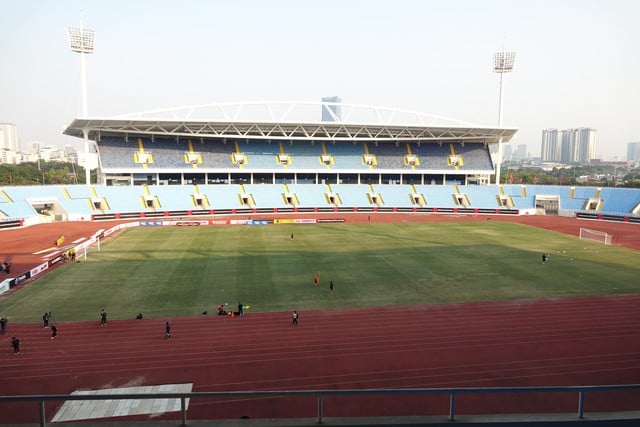
Besides My Dinh Stadium, in Vietnam there are a number of other stadiums that meet international standards.
PHOTO: VUONG ANH
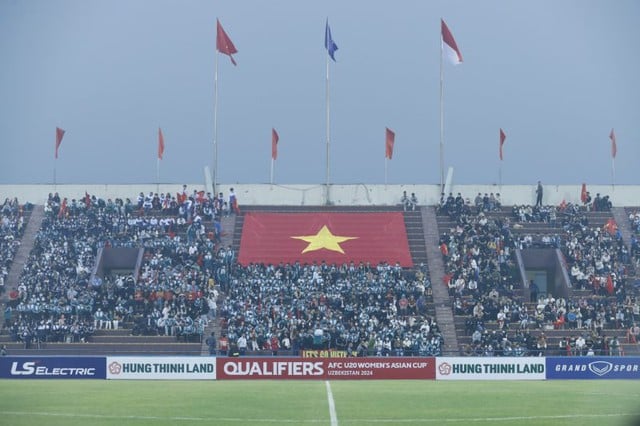
Viet Tri Stadium ( Phu Tho )
My Dinh Stadium is being comprehensively renovated, expected to have a new look
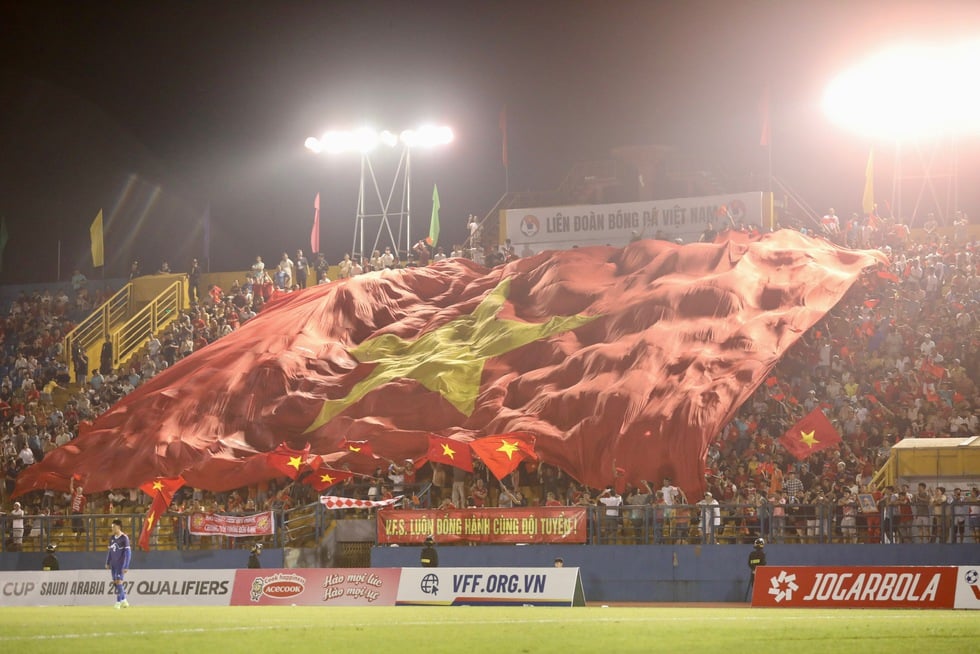
Go Dau Stadium will host the match between Vietnam and Nepal on October 9.
Photo: Kha Hoa
The leader of the Vietnam Sports Administration said that while My Dinh Stadium is temporarily closed to upgrade the entire grass surface and foundation system, other localities are ready to share the responsibility of organizing the national team's matches. A typical example is Go Dau Stadium ( Binh Duong ), which just successfully organized the match between Vietnam and Nepal, and the upcoming Thong Nhat Stadium (Ho Chi Minh City), which will host the return match between Nepal and Vietnam on October 14.
Stadiums such as Viet Tri (Phu Tho), Thong Nhat or Go Dau are all assessed to have sufficient conditions in terms of pitch surface, facilities and technical systems to host regional and continental matches. Distributing matches to localities not only reduces the load on My Dinh Stadium but also creates conditions for fans across the country to get closer to the team.
My Dinh is being "overhauled" after more than 20 years of exploitation, at a cost of 10 billion VND.
Put into use since 2003 to serve the 22nd SEA Games, My Dinh Stadium has become a familiar venue for Vietnamese football over the past two decades. However, the grass surface has seriously degraded in recent years, affecting the quality of competition and the image of Vietnamese football in the international arena.
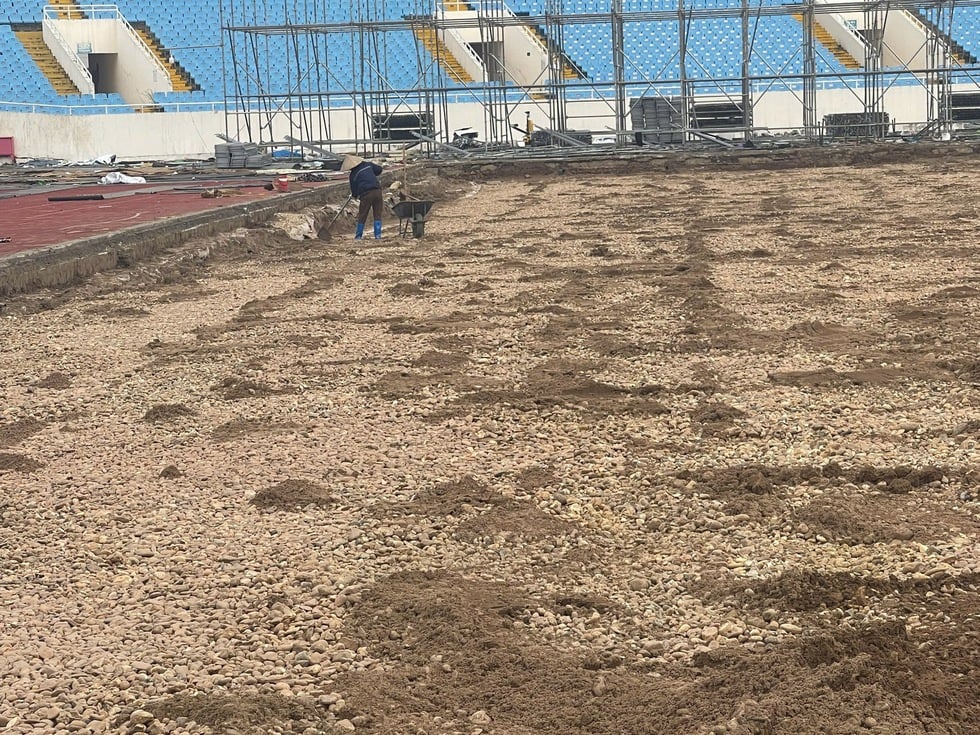
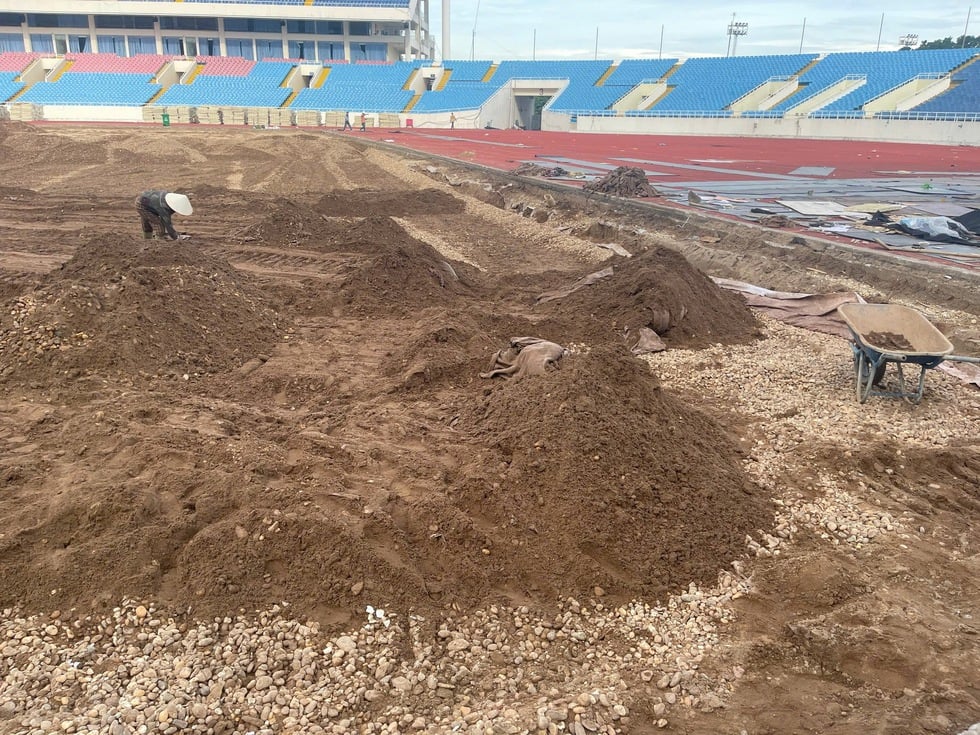
My Dinh Stadium in mid-September 2025
Photo: Chi Dat
Currently, My Dinh Stadium is undergoing a comprehensive renovation with a total cost of about 10 billion VND from the state budget. Of which, the first phase with an amount of 8 billion VND will focus on redoing the entire foundation - the first time since the stadium was built. A modern drainage system and automatic irrigation system according to international standards will also be completely installed. According to the Government's savings policy, this amount will be reduced by 20%, equivalent to about 6 billion VND for the first phase.
The second tranche of VND2 billion, expected to be allocated in early 2026, will be used to lay new turf. The selected grass will be more weather-resistant and allow for local patch replacement, saving on maintenance costs compared to the old grass.
While waiting for the new turf, all activities at My Dinh Stadium will be affected. However, with this methodical upgrading strategy, sports leaders expect My Dinh to return to being a worthy destination for important matches of Vietnamese football in the near future.
Temporarily moving the competition venue to other standard stadiums in the country is not only a temporary solution, but also opens up a sustainable direction for the allocation of national sporting events, improving the quality of facilities across the industry.
Source: https://thanhnien.vn/san-my-dinh-nhan-cau-hoi-nong-cuc-tdtt-viet-nam-tra-loi-the-nao-185251010172632988.htm


![[Photo] General Secretary attends the parade to celebrate the 80th anniversary of the founding of the Korean Workers' Party](https://vphoto.vietnam.vn/thumb/1200x675/vietnam/resource/IMAGE/2025/10/11/1760150039564_vna-potal-tong-bi-thu-du-le-duyet-binh-ky-niem-80-nam-thanh-lap-dang-lao-dong-trieu-tien-8331994-jpg.webp)
![[Photo] Discover unique experiences at the first World Cultural Festival](https://vphoto.vietnam.vn/thumb/1200x675/vietnam/resource/IMAGE/2025/10/11/1760198064937_le-hoi-van-hoa-4199-3623-jpg.webp)



![[Photo] Opening of the World Cultural Festival in Hanoi](https://vphoto.vietnam.vn/thumb/1200x675/vietnam/resource/IMAGE/2025/10/10/1760113426728_ndo_br_lehoi-khaimac-jpg.webp)
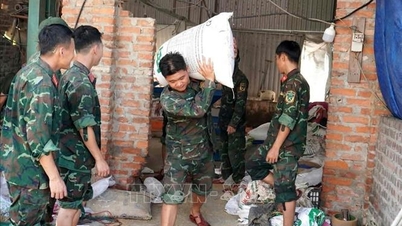

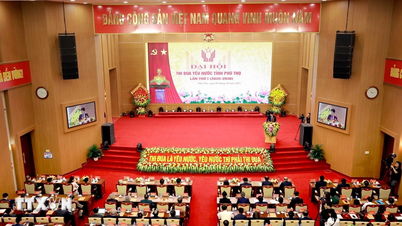

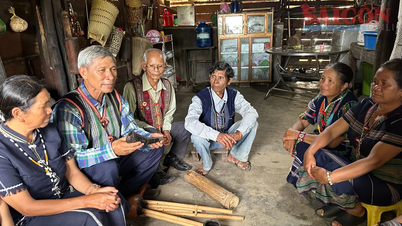

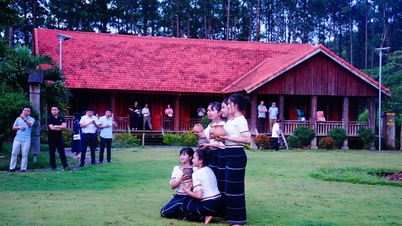
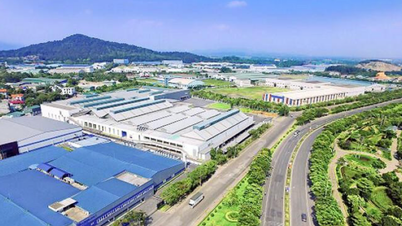

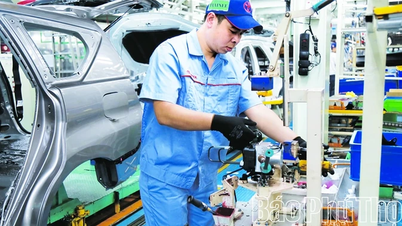

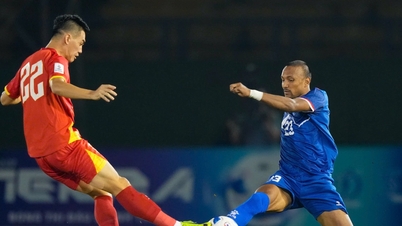
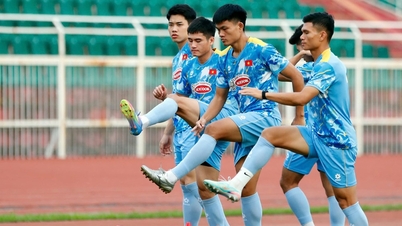

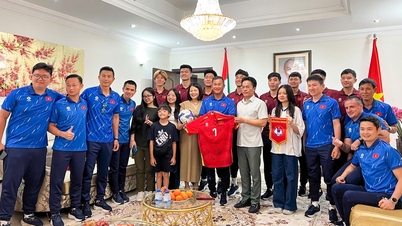
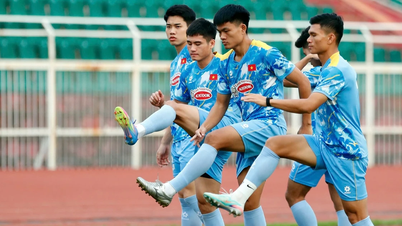

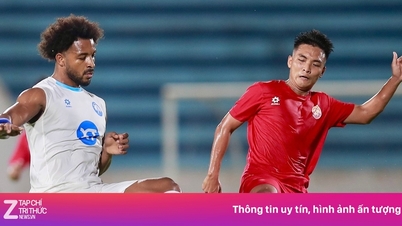







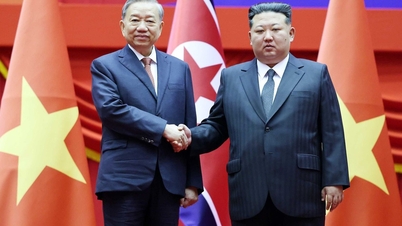


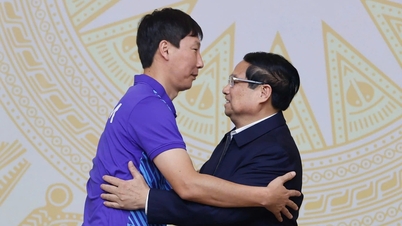
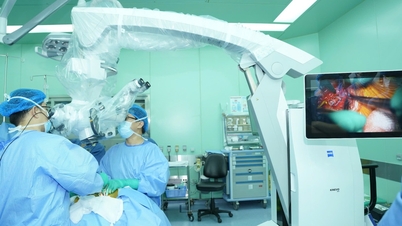
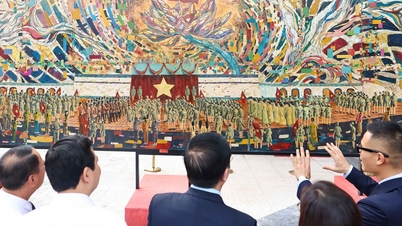
![[Photo] Ho Chi Minh City is brilliant with flags and flowers on the eve of the 1st Party Congress, term 2025-2030](https://vphoto.vietnam.vn/thumb/1200x675/vietnam/resource/IMAGE/2025/10/10/1760102923219_ndo_br_thiet-ke-chua-co-ten-43-png.webp)




























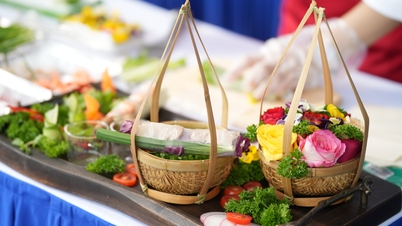
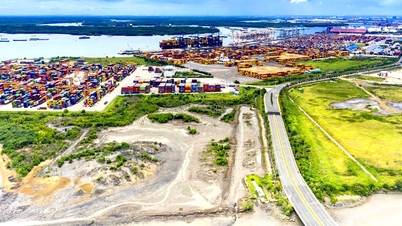


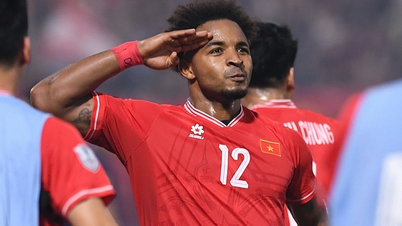
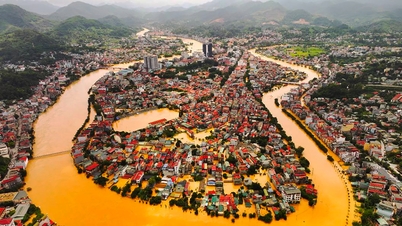
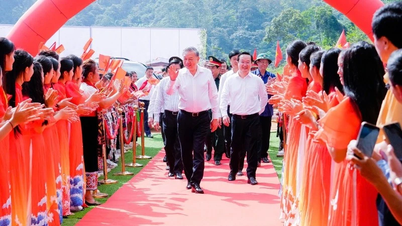



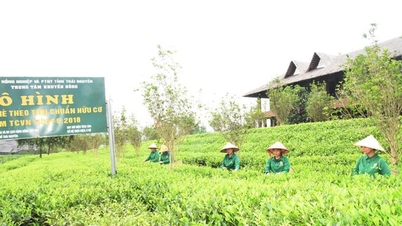
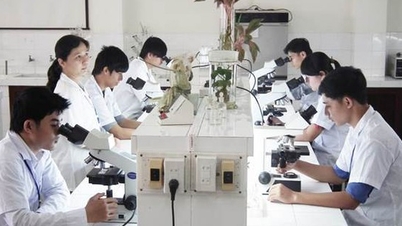



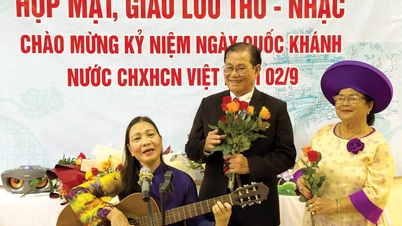

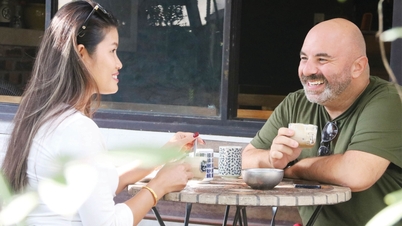
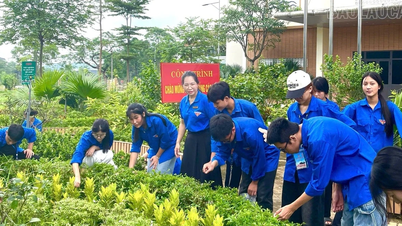











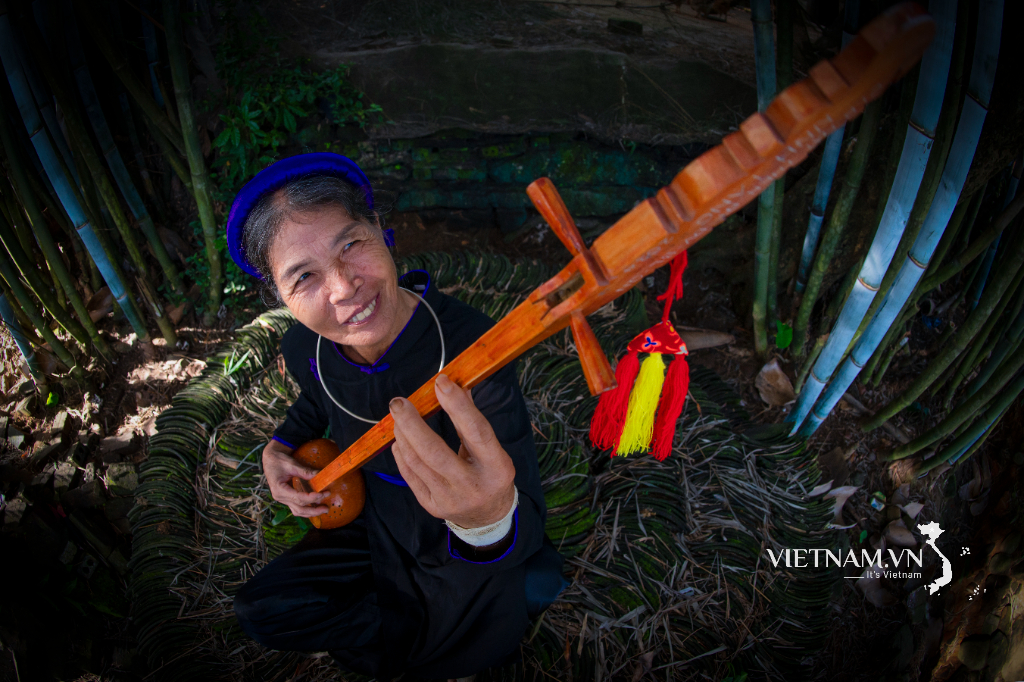



Comment (0)